Hackberry Tree
crystalmt04
13 years ago
Featured Answer
Sort by:Oldest
Comments (15)
brandon7 TN_zone7
13 years agolast modified: 9 years agocrystalmt04
13 years agolast modified: 9 years agoRelated Discussions
Hackberry tree leaning
Comments (7)Pruning the oak is not really an option since it would be out of balance as a result. And I'd rather have the oak over the hackberry. As it turns out, I'm already starting some replacement trees for another reason -- namely several of our oaks got oak wilt and died. This makes the decision about cutting the hackberry down rather difficult. If the big oaks die from the oak wilt, the hackberry will be the only major tree left. But it is starting to look like a hazard. My concern is the first heavy, saturating rain will loosen the roots and it's going to fall over. I'm starting to grow some paulownia kawakamii trees to replace the dead oaks. I'm not sure how the paulownias are going to do in the soil around here. If the paulownias look like they're going to take off, I'll ditch the hackberry. But that will be a couple of years from now....See MoreSick Hackberry Trees
Comments (1)Ganoderma is a common decay / root rot fungus. Your arborist is right - not much you can do about it. The decay is fairly slow, though, and trees may last for a fair few years after being infected. It enters trees through bark wounds, e.g. those caused by lawnmowers colliding with trees. I'd be planting some new trees now, so that they are well established and a good size before all of the hackberries have to come down. And make sure they are well protected against bark damage! Resin...See MoreIs this a hackberry tree?
Comments (10)I really appreciate all the help you have provided. I see now that it is definitely not a hackberry tree. But if it is not too off topic to continue this I would be interested to know if it is a hickory, etc. SO here is a new picture, the leaf on the left is a black walnut, the one in the middle is the same as the picture above, the photo on the right is another mystery tree. Here is what I have always thought were elms ... the one on the left was a slippery elm and the one on the right was an American elm ??? The reason I am asking about hackberries is that since I started putting out fruit I now have lots of hackberries and I am curious if the host plant is something in my yard so I've been looking closer at some of the trees that I've never bothered to identify. Thanks again for all the help!...See MoreWitches Broom in Hackberry Trees
Comments (5)I don't think there is a Latin name beyond Candidatus spp.. It's a phytoplasma caused growth aberration that is many axilary breaks from a single growth/leaf axil. Witches Broom is fairly common in plant pathology literature, most often as a symptom of phytoplasmas (that used to be called MLOs, Micoplasma Like Organisms. Asters Yellows is a common one.) The link below is a good intro to what some of the phytoplasma caused symptoms look like. Here is a link that might be useful: Good intro to phytoplasmas...See Morebrandon7 TN_zone7
13 years agolast modified: 9 years agocrystalmt04
13 years agolast modified: 9 years agoscotjute Z8
13 years agolast modified: 9 years agokrycek1984
13 years agolast modified: 9 years agobrandon7 TN_zone7
13 years agolast modified: 9 years agocrystalmt04
13 years agolast modified: 9 years agokatrina1
13 years agolast modified: 9 years agocrystalmt04
13 years agolast modified: 9 years agolsst
13 years agolast modified: 9 years agolucky_p
13 years agolast modified: 9 years agoscotjute Z8
13 years agolast modified: 9 years agokatrina1
13 years agolast modified: 9 years ago
Related Stories

GARDENING GUIDESTree Care: Common Tree Diseases and What to Do About Them
Learn to recognize trees that may be affected by diseases or pests so you can quickly take action
Full Story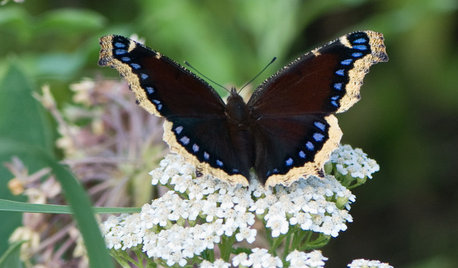
GARDENING GUIDESMourning Cloak Butterflies Herald Spring
These butterflies feed at tree-sap flows in spring and visit native plant flowers for nectar in early summer
Full Story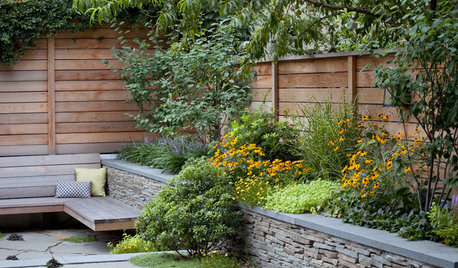
FALL GARDENINGWhat to Plant Now to Benefit Wildlife in Spring
These North American native plants will support birds, butterflies and other pollinators when spring comes
Full Story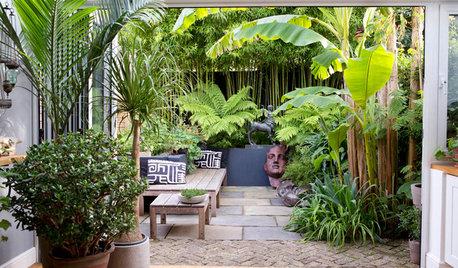
INSPIRING GARDENSEarth-Friendly Garden Ideas at the RHS Chelsea Flower Show 2020
This year’s virtual version of the iconic RHS show reflected a renewed love of nature and its restorative powers
Full Story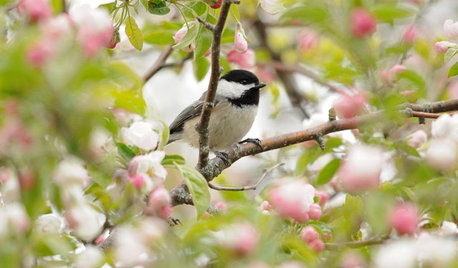
LANDSCAPE DESIGN10 Ways to Make Your Landscape More Environmentally Friendly
From creating wildlife highways to planting pretty pollinators, there are lots of simple ways to be green in the garden
Full Story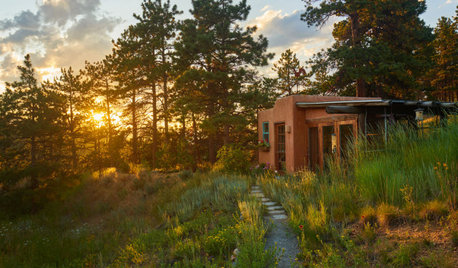
EARTH DAY12 Sustainable Gardening Ideas From Landscape Design Pros
Create a more earth-friendly garden by planting for pollinators, ditching pesticide use and more
Full Story
FALL GARDENINGWhy Fall Is the Best Time for Planting
Spring is overrated for planting. Starting plants in autumn has advantages for both garden and gardener
Full Story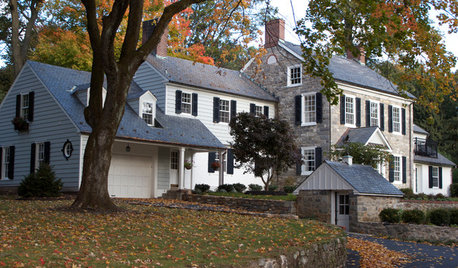
HOUSEKEEPINGIt’s Time to Clean Your Gutters — Here’s How
Follow these steps to care for your gutters so they can continue to protect your house
Full Story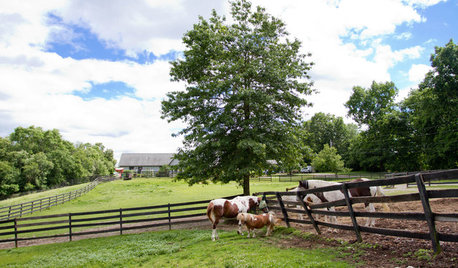
HOUZZ TOURSHouzz Call: Show Us Your Farmhouse!
Bring on the chickens and vegetable patches. If your home speaks country, it might appear in a featured ideabook
Full Story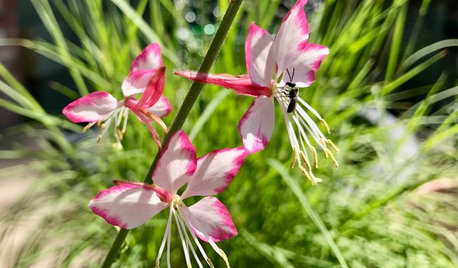
GARDENING GUIDESHow to Find Your Garden’s Voice
Incorporate plants native to your region for a memorable space that brings back the landscape’s ‘regional accent’
Full Story





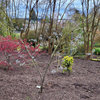
gardningrandma